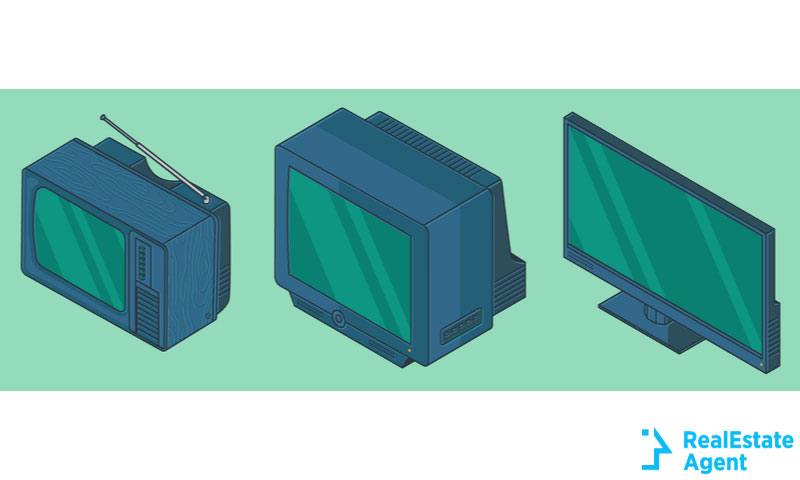In recent years, the utility and accessibility of technology has increased at an exponential and unprecedented rate. Processors have gotten smaller, batteries have become more energy-dense and storage devices have increased in capacity by leaps and bounds. Computations that once took hours and entire rooms full of equipment now can be completed in seconds with a device that can fit in your pocket. We’re truly living in the future!
As technology has advanced, media has advanced along with it. Starting with the invention of Gutenberg’s printing press, media has slowly but steadily grown to be more and more accessible to the general public, gradually becoming an integral part of daily life for the vast majority of society.
Today more than ever, media is a central component of the daily routines of most people. Its influence can be seen in politics, business, entertainment and many other areas of daily life, for better or for worse. On every topic from social justice and political activism to ecological conservation and historical revisionism, the influence of media must be acknowledged in order to maintain a realistic view of events as they occur.
An emergent industry in upheaval
As commercially available communications technology began to gain momentum in the early 20th century, the demand for consumer media did not go unnoticed by savvy entrepreneurs. Where the more altruistically inclined saw advancements in technology as an opportunity to better the human condition, these entrepreneurs saw instead a way to secure copious amounts of financial gain.
Thus, the first media empires were born. Movie studios quickly bought up film rights to popular print stories, and commissioned original scripts and screenplays when these ran out. Newspapers and magazines began creating news networks and conglomerates, coordinating news coverage at a national level via radio and later television.
The rapid formation of media conglomerates didn’t stop there, however. For the first time in history, music could be produced and distributed by anyone, regardless of their formal training or lack thereof. You didn’t have to know how to read or write music; if you could sing or play, you could record. If people liked your sound, you stood to gain success, wealth, influence and fame.
While these rapid technological advances led to great diversification and an increase in accessibility for artists, it led to something else as well: consolidation. For every artist, there was a shrewd, pragmatic businessman ceaselessly trying to find ways to profit off of that artist’s efforts. Once the dust settled and people became more comfortable with this paradigm, it wasn’t long before a mere handful of these figures held most of the power in their respective industries.
New script, same old story
It didn’t take very long for these newly formed media conglomerates to assert their dominance over their smaller competitors. Wealth begets wealth and power begets power, and these moguls had both in spades. Movie studios, music labels and news networks pushed the boundaries of their mediums, constantly outdoing themselves to keep their spot at the top of the ladder of commercial viability.
Over time, this led to an interesting phenomenon concerning the development of new media technologies. In every media industry, the demand for new and innovative media technologies to help the big players stay at the top pushed the boundaries of what was previously believed to be possible.
The black and white television gradually began to replace the color television in many homes, and the cameras used to record the programming on these screens were dramatically enhanced in a short period of time. News networks rapidly began to shift their focus away from radio broadcasting to television broadcasting, as advancements in signal transmission made it possible for viewers to witness events as they were happening.
For much of the twentieth century, the media industry was marked by one thing: adaptability. Sure, you could use your material resources and influence to make things easier, but staying on top meant staying ahead of the curve. If your company wasn’t making content that the market wanted, it would be replaced by a company who could.
Corruption, complacency and stagnation
For the most part, the big media conglomerates managed to maintain their grip on their place at the top of the media ladder. Even with the arrival of technologies that could have potentially made them obsolete, most were able to pivot in the direction of progress, staving off potential bankruptcy and ruin in the process. Some went out of business or were taken over by competitors, but by and large the media conglomerates were able to continue unscathed.
Throughout most of the 20th century, big media conglomerates had one huge advantage in their industries: a monopoly on the means of production and distribution. If you were a screenwriter, a journalist or a musician, it didn’t matter how talented or unique you were. Without the resources and connections of an established label, news network or movie studio, your chances of achieving commercial success were slim to none.
This monopoly served the big media companies well for decades, allowing them to weather the winds of change even when their corporate decision-making was anything but well-advised. With the aid of this monopoly and copious amounts of political corruption, it seemed that these media conglomerates would remain dominant in their industries forever. They were Goliath, seemingly impervious to any attack. But they were soon to meet their David: the internet.
On the 30th of April in the year 1993, the European Organization for Nuclear Research (CERN) made a decision that would irrevocably impact the course of human history. They chose to make available the software necessary to access the internet, free of charge, to anyone with access to a computer. Unbeknownst to the scientists at CERN, they had in doing this effectively doomed the conventional media industry as we know it today.
A paradigm shift and the end of an era
Although few were prescient enough to predict how it would impact the media industry, this decision effectively sounded the death knell for conventional media. It took years for the internet to catch on and gain the general utility and accessibility necessary for it to become a threat to the conventional media conglomerates, but that time has come.
In this brave new world, the big media conglomerates are faced with a battle that they simply cannot win. Now that we have the internet, their services seem overpriced, underwhelming and almost entirely pointless. Whether you make media or just consume it, the internet has eliminated the need for the vast majority of the services provided by conventional media conglomerates.
If you don’t yet understand what’s going on, let’s briefly compare cable television to a streaming service such as Netflix or Hulu. The latter allows you to choose from a catalog that includes thousands upon thousands of titles, while the former forces you to choose from a comparatively limited number of titles that can only be viewed at a specific time. Even if we disregard the factor of pricing, the viability of conventional television subscriptions like cable is clearly in decline.
This is quickly becoming the case in almost every different media industry. Streaming services are quickly replacing physical music mediums such as CD’s and vinyls. Online journals, newspapers and news media channels are putting print and television news organizations out of business. Everywhere you turn, you’ll see the same story repeated over and over again: conventional media is on its way out, and the new kid on the block is here to stay.
Conclusion
There’s little question that the online media will eventually replace conventional media sooner or later. Conventional media conglomerates are scrambling to adapt their business models to this new paradigm with varying levels of success, but the mediums that led to their success are obsolete now, and they’re not going to make a comeback.
Going forward, there are a lot of questions to be answered about the comparatively novel field of online media. Some of these questions may lead to answers that are just as unpleasant as the realities of the paradigm we endured during the golden age of conventional media, but this remains to be seen. With any luck, we’ll make the age of internet media a bit more consumer friendly than the age of conventional media was!












